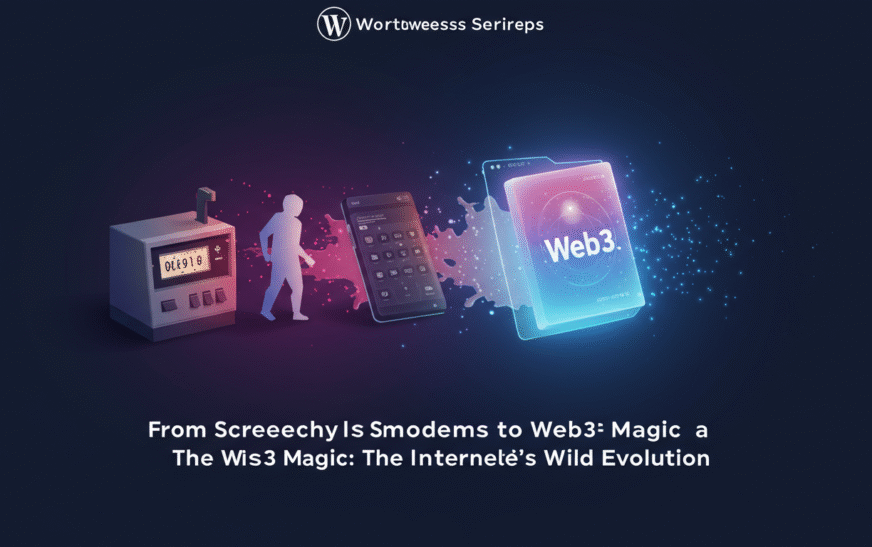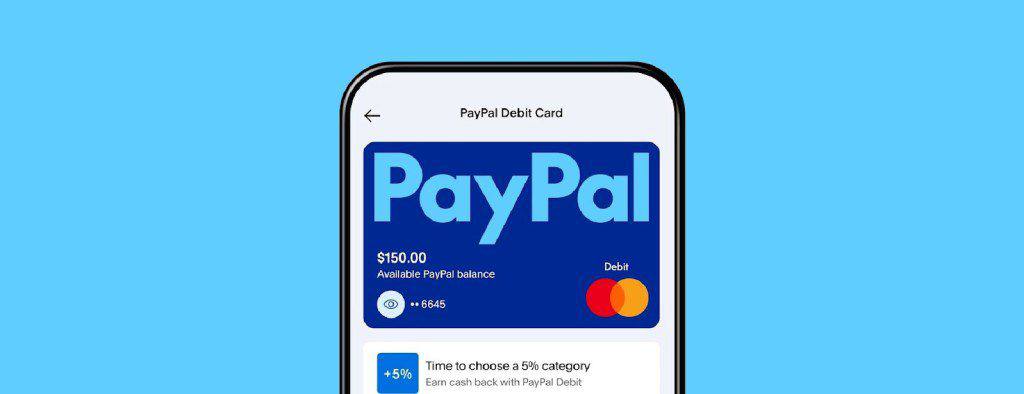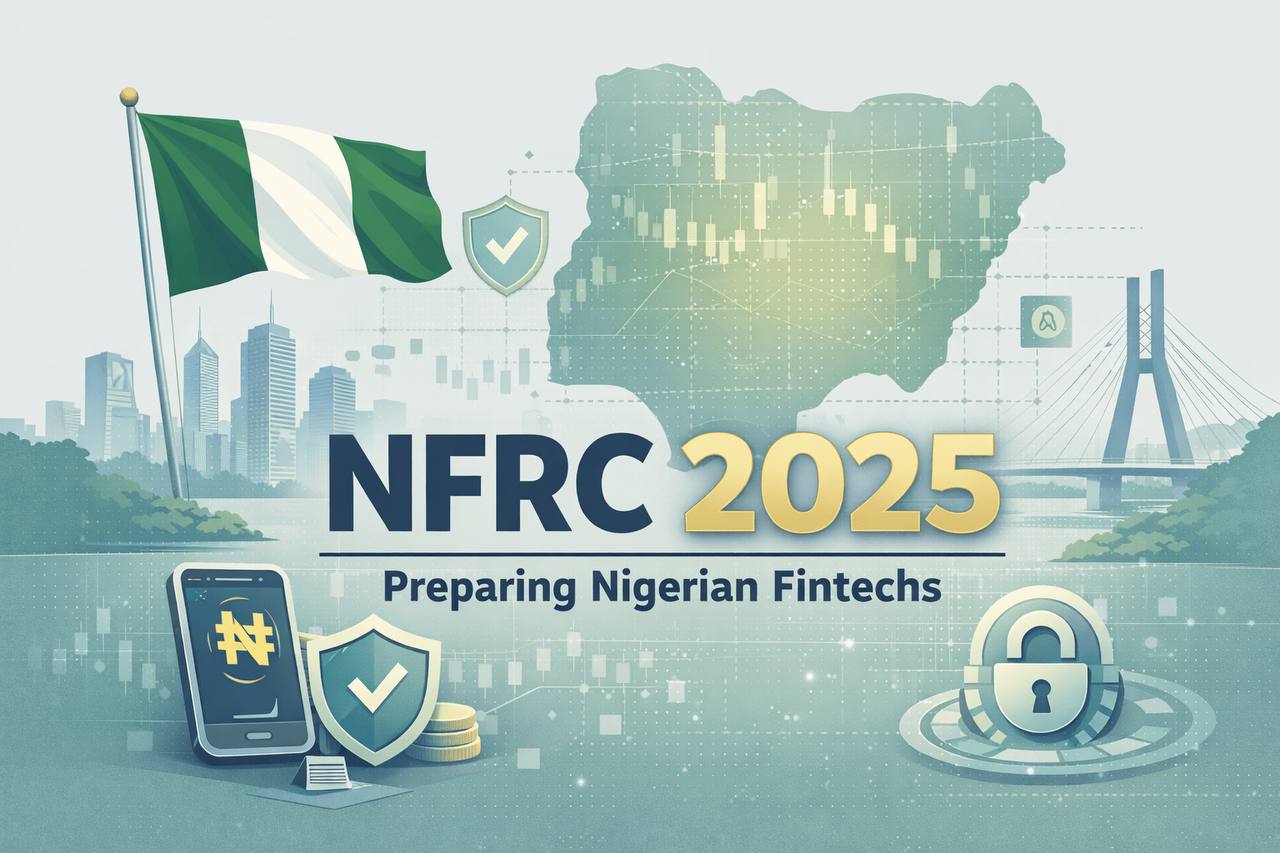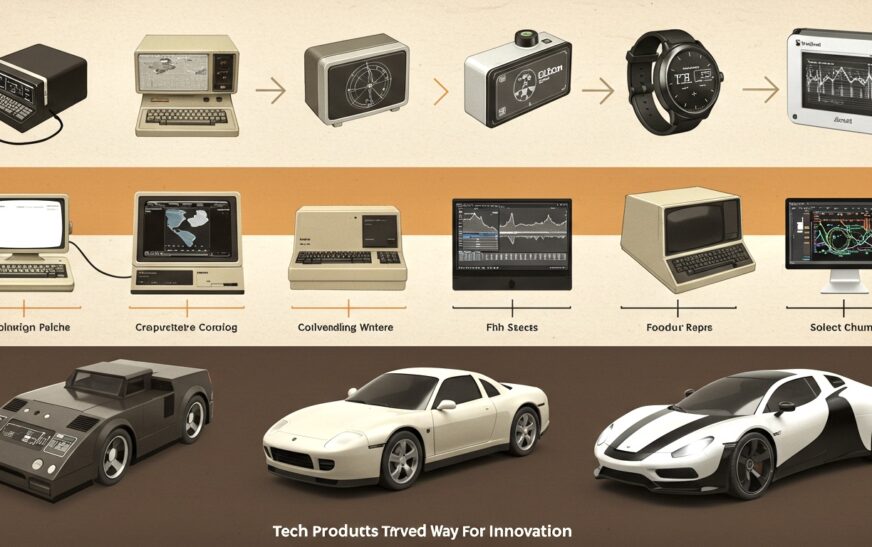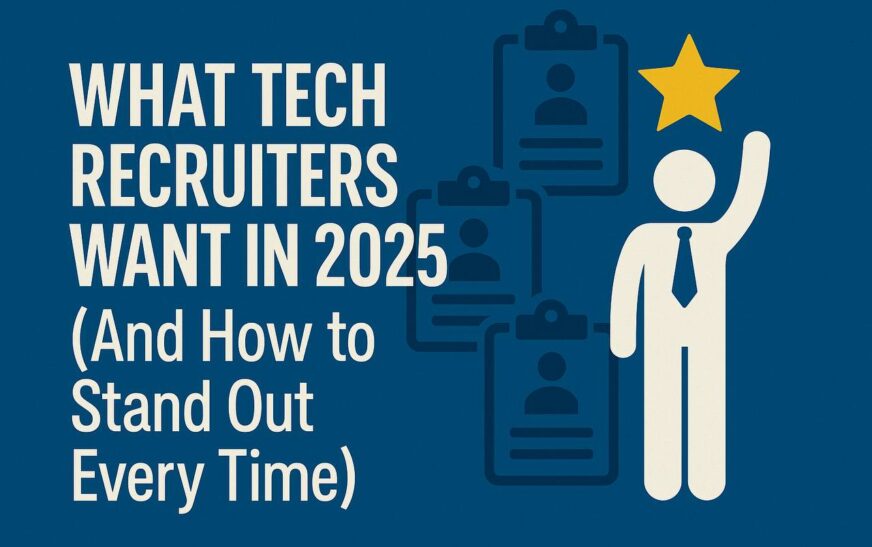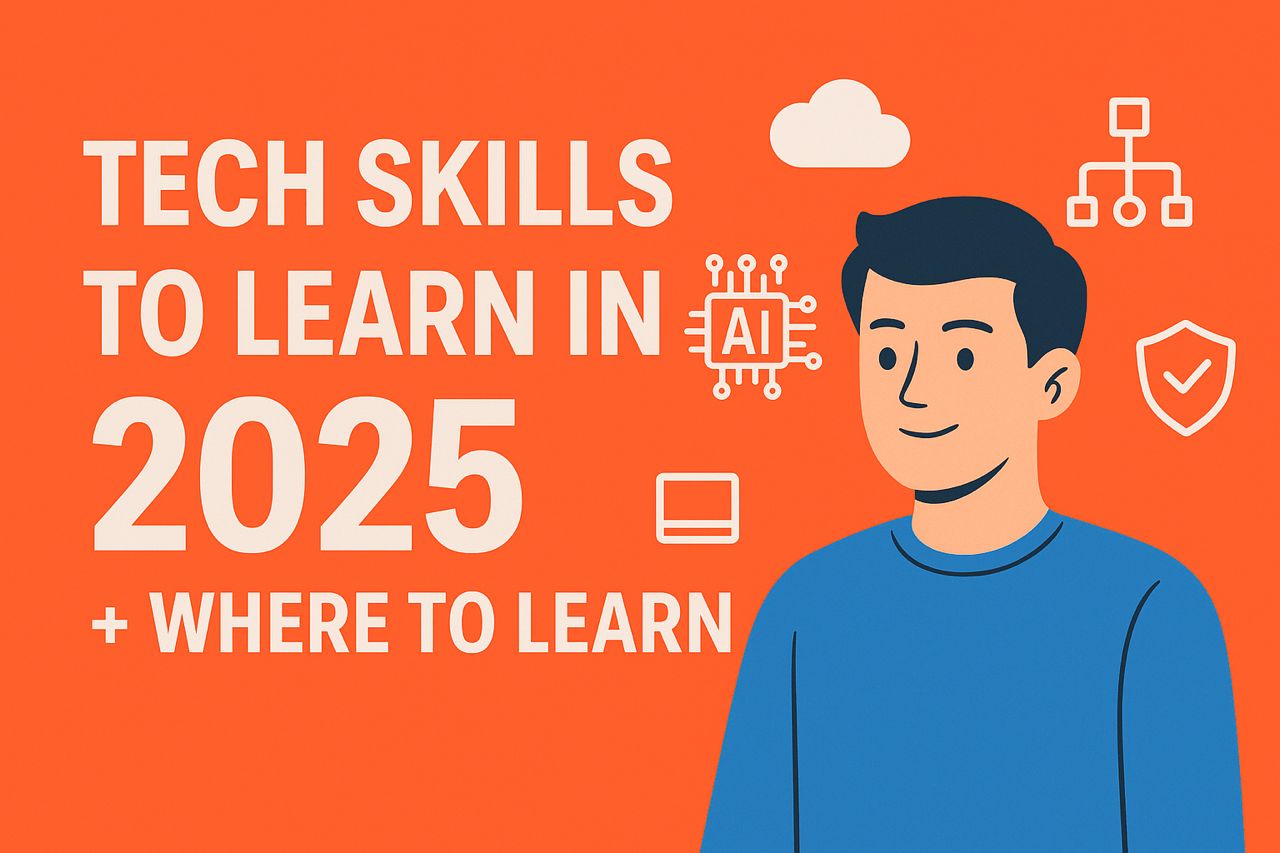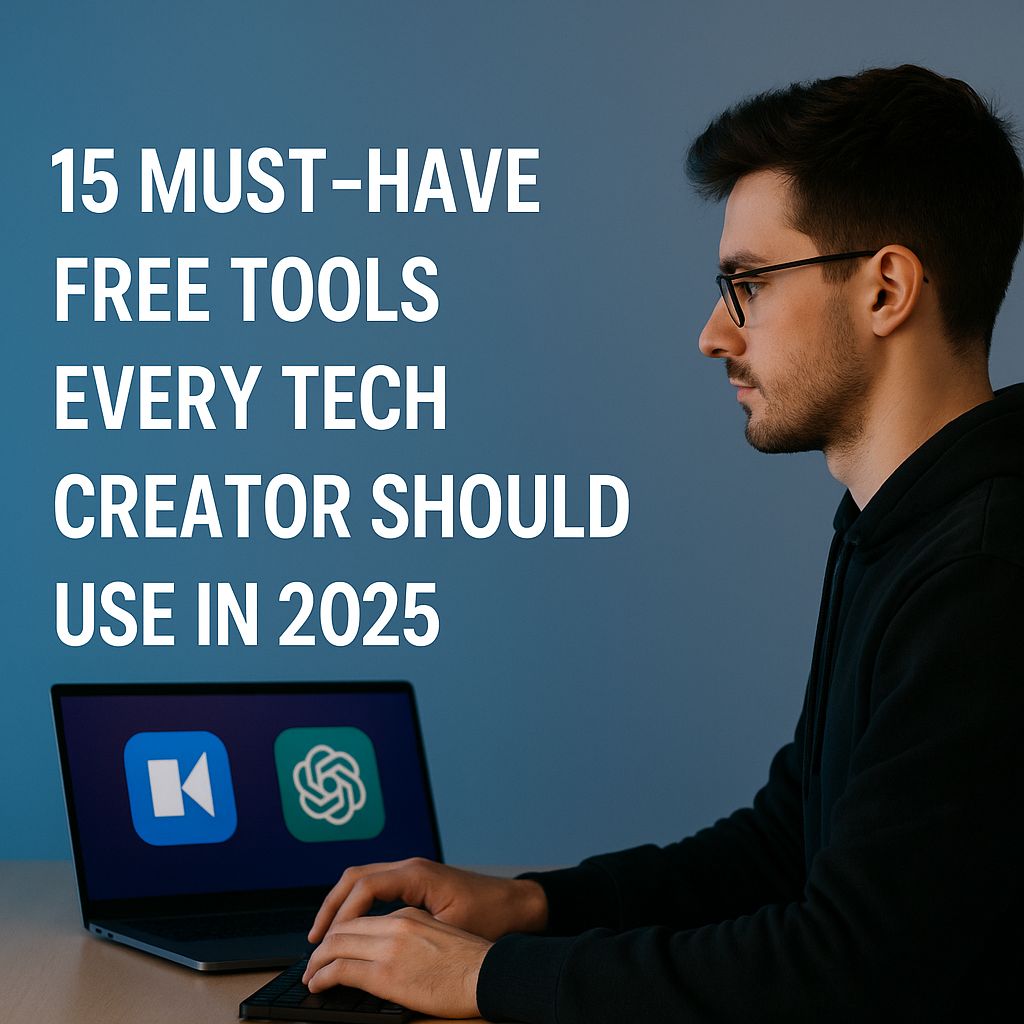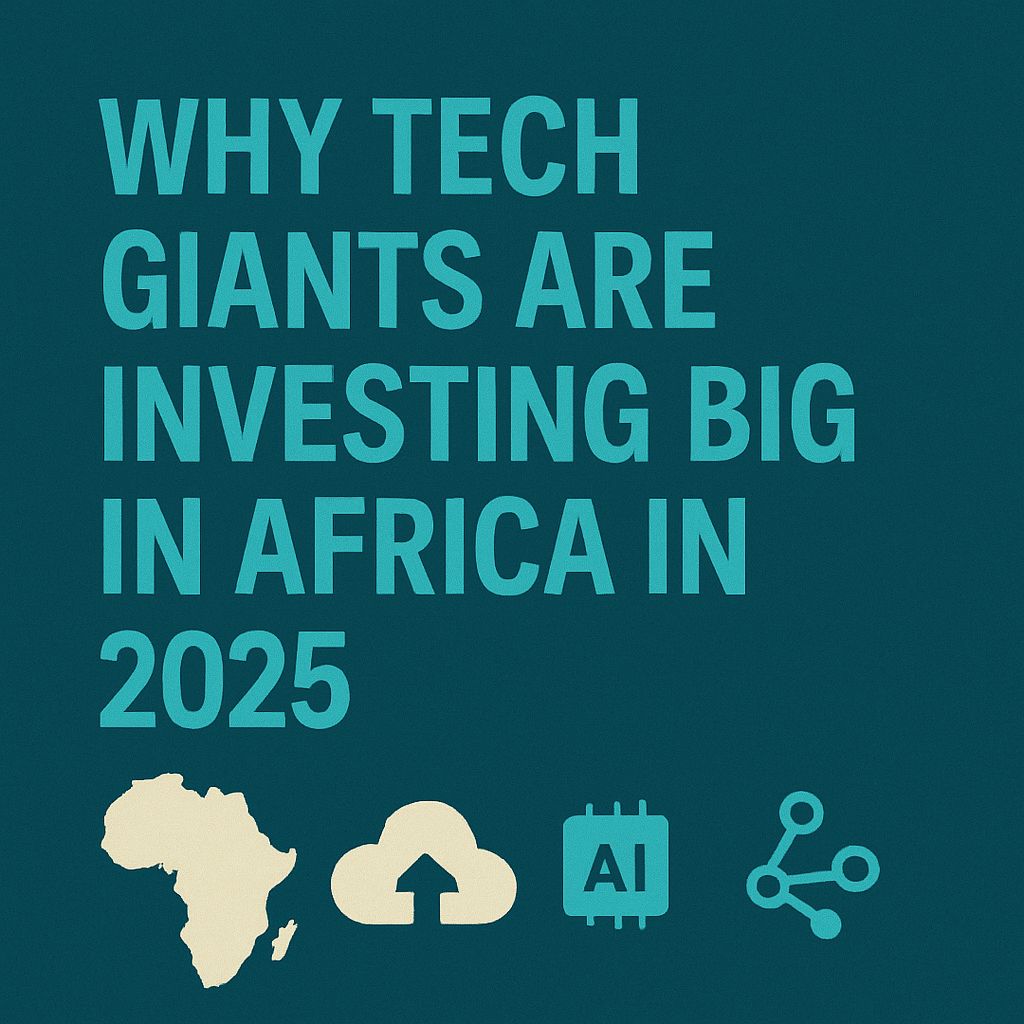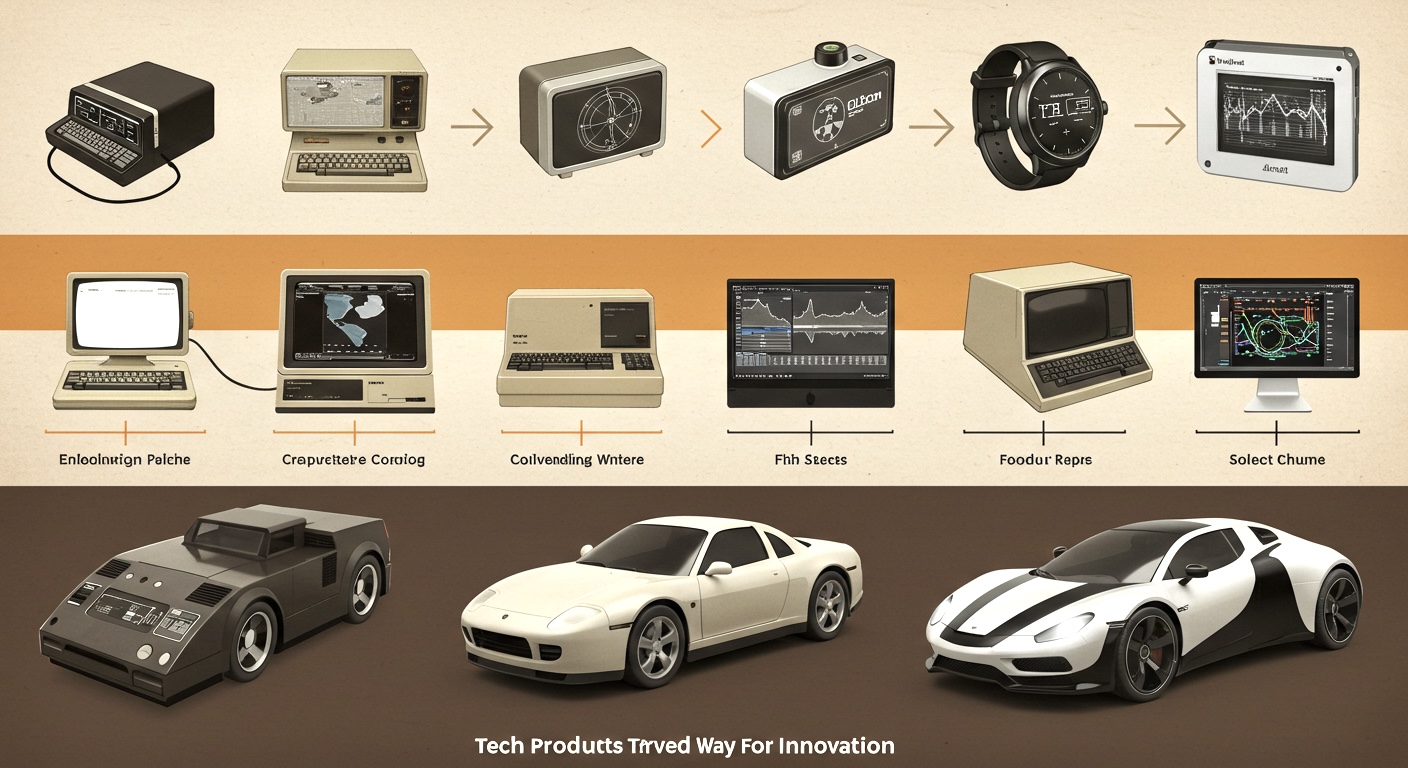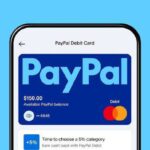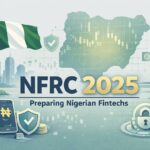Let’s be honest — if you ever used dial-up internet, you probably still hear that screech in your dreams. It was loud, chaotic, and extremely slow. But that screechy start kicked off a digital revolution we’re still riding today.
The internet didn’t just evolve — it went through full-blown glow-ups. From static pages to social platforms, and now to decentralized apps and digital ownership, the internet has transformed how we live, work, and connect.
So, how did we go from pixelated cat photos and “You’ve Got Mail” to AI assistants, NFTs, and blockchain-powered everything? Let’s take a scroll down memory lane — with an eye on where things are going next.
Web1: When the Internet Was Read-Only (1990s – Early 2000s)
Ah, Web1. The internet’s awkward teenage years.
What Was Happening:
- Pages were static.
- Everything loaded like it was on vacation.
- You were basically just… reading. No interaction, no comments, no uploads.
Popular Platforms: Yahoo, MSN, AOL (and if you know Geocities — you’re a real one).
The Vibe:
This was the “information superhighway,” but let’s be real — it was more like an online billboard. You could browse, but you couldn’t contribute.
Still, this was a huge deal. For the first time, everyday people had access to global information — no library card needed.

Web2: The Age of Social, Speed, and Virality (Mid 2000s – Now)
Then came the social boom.
What Changed Everything:
- Social media platforms like Facebook, Twitter, YouTube
- Blogging, vlogging, memes
- Dynamic websites and cloud storage
- Apps, mobile-first experiences, and — eventually — TikTok chaos
Why It Mattered:
Web2 was all about interaction. You could now post, like, comment, go viral — and maybe even become an influencer.
But as fun as that was, it also came with a tradeoff: your data.
Big Tech companies built empires off your content, attention, and clicks. Sure, the internet got faster and prettier — but we gave up ownership and control.
Web3: The Decentralized Plot Twist (Emerging Now)
Now, we’re entering the next chapter: Web3 — and it’s rewriting the rules.
What Makes Web3 Different:
- Ownership: You own your content, your assets, your digital identity
- Blockchain: Powers everything from crypto to digital art to smart contracts
- Decentralized apps (dApps): No middlemen, just peer-to-peer
- DAOs & tokens: Communities own the platforms they use
Web3 is less “look at this cool app” and more “join this protocol, own a piece of it, help shape it.”
Imagine This:
Instead of building an audience on a platform, you own your profile across platforms. You earn from your participation. You decide what data stays private and what gets shared. Wild, right?
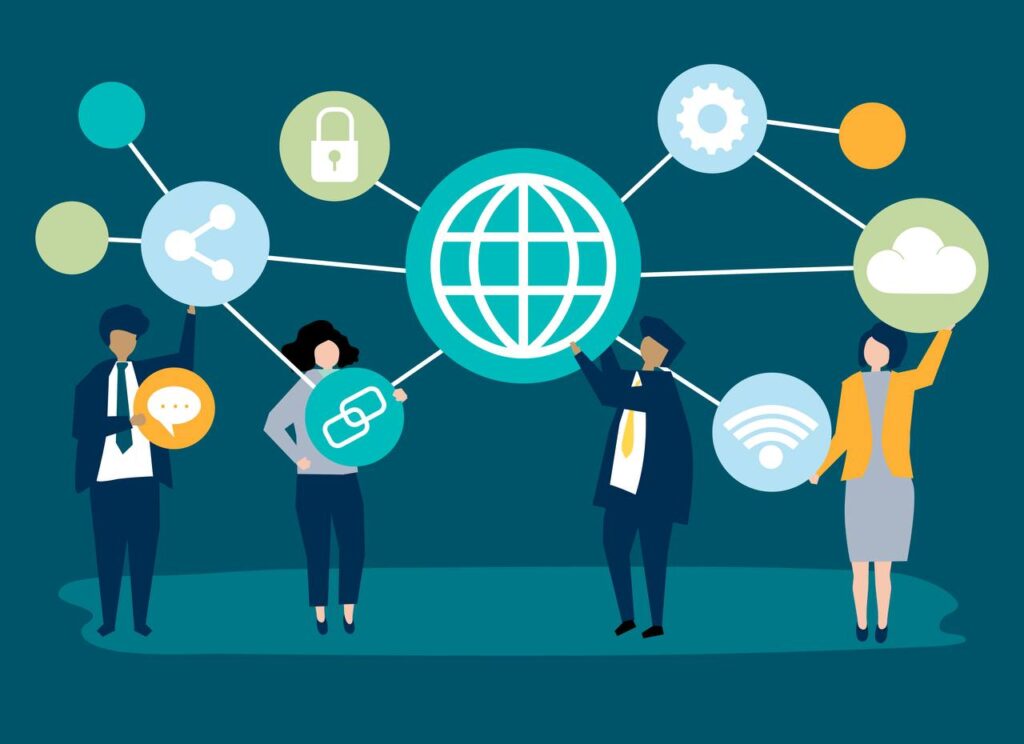
But Wait… What’s Next?
If Web3 is still new to you, don’t worry — we’re still early. But innovation doesn’t stop here.
On the horizon:
- AI-powered assistants that live in your browser
- The Internet of Things talking to your blockchain wallet
- Decentralized identity replacing passwords
- Seamless cross-platform ownership, everywhere
The next version of the internet could be personalized, predictive, and entirely in your control.
So, Why Should You Care?
Because the internet isn’t just something you use — it’s something you live on. And if you want to stay ahead in tech, business, or even content creation, you need to understand where it’s going.
From dial-up chaos to digital sovereignty, the internet’s evolution is wild — and it’s far from over.
The question is: Are you just scrolling through it, or are you going to help build what’s next?
Leave a comment and Subscribe to get more Tech Updates!


